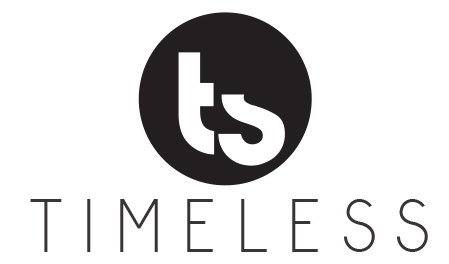We’re halfway through 2018. Are you on track to hit your savings goals? If not, don’t worry. You have company. It’s easy to get off track with your savings, especially when it comes to a long-term goal like retirement. After all, you may have other expenses—such as debt, emergency costs or child care—that seem more urgent.
The good news is that you still have time left in the year to put away money for retirement. Qualified accounts may be the best way to do so. These accounts, like 401(k) plans and individual retirement accounts (IRAs), offer tax-deferred growth. That means you don’t pay taxes on growth inside the accounts until you take a distribution.
Below are three commonly used qualified accounts and how they can help you save for retirement. You still have time left this year to ramp up your savings. Work with a financial professional to implement a savings strategy.
Employer 401(k) Plan
Does your employer offer a 401(k) plan? If so, it may be your most powerful available savings tool. As mentioned, 401(k) plans grow on a tax-deferred basis. You don’t pay taxes on growth until you take distributions from the plan.
Your 401(k) contributions could also reduce your current taxes. Contributions are usually deducted from your pay on a pretax basis. They reduce your taxable income, thus reducing your tax exposure.
Another powerful aspect of the 401(k) is the potential of earning employer matching contributions. Many employers will match employee contributions dollar-for-dollar up to a certain threshold. For instance, your employer may match as much as 3 percent of your annual salary in contributions. By contributing up to the employer match level, you can substantially increase your savings.
In 2018 you can contribute as much as $18,500 to your 401(k) plan. If you’re age 50 or older, you can also contribute an extra $6,000 in catch-up contributions, bringing your total allowable contribution to $24,500.1
Traditional IRA
You can also contribute money to an IRA. These are individual accounts that offer tax-deferred growth and potentially other tax benefits. You open an IRA through a financial professional, who can help you implement the right strategy for your goals.
The traditional IRA is the most widely held. It’s taxed similarly as a 401(k). Your funds grow on a tax-deferred basis while they’re in the plan. You then pay income taxes on all distributions. You may face a 10 percent penalty if you take a distribution before age 59½. You also may be able to deduct your contributions from your current taxes, assuming you meet income limitations.
In 2018 you can contribute $5,500 to an IRA. If you’re age 50 or older, you can contribute an additional $1,000 in catch-up contributions, giving you a total allowable contribution of $6,500.2
Roth IRA
While the traditional IRA is a helpful tool, you may feel that the Roth IRA is better suited to your needs. The Roth is taxed slightly differently than a 401(k) or traditional IRA. Growth inside the account is still tax-deferred, but there are other components that are different.
First, contributions to a Roth are not tax-deductible. That means you fund the account with after-tax dollars. Your distributions from the Roth are tax-free, however, assuming you take them after age 59½. The Roth can be a powerful tool to create tax-free income in retirement.
Ready to implement your retirement savings strategy? Let’s talk about it. Contact us today at Timeless Solutions. We can help you analyze your needs and develop a plan. Let’s connect soon and start the conversation.
2https://www.fool.com/retirement/2017/10/22/heres-the-2018-ira-contribution-limit.aspx
Licensed Insurance Professional. This information is designed to provide a general overview with regard to the subject matter covered and is not state specific. The authors, publisher and host are not providing legal, accounting or specific advice for your situation. By providing your information, you give consent to be contacted about the possible sale of an insurance or annuity product. This information has been provided by a Licensed Insurance Professional and does not necessarily represent the views of the presenting insurance professional. The statements and opinions expressed are those of the author and are subject to change at any time. All information is believed to be from reliable sources; however, presenting insurance professional makes no representation as to its completeness or accuracy. This material has been prepared for informational and educational purposes only. It is not intended to provide, and should not be relied upon for, accounting, legal, tax or investment advice. This information has been provided by a Licensed Insurance Professional and is not sponsored or endorsed by the Social Security Administration or any government agency.
17743 – 2018/6/19

